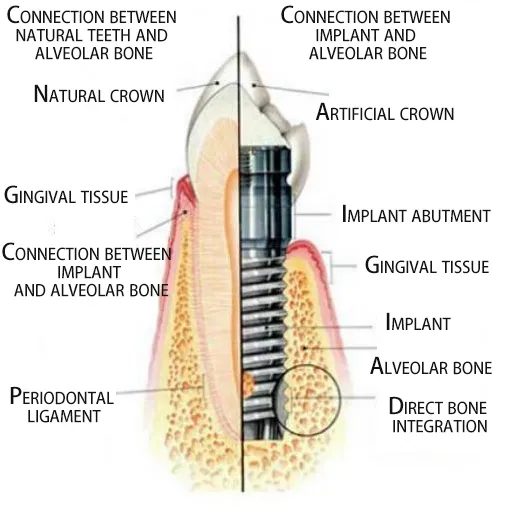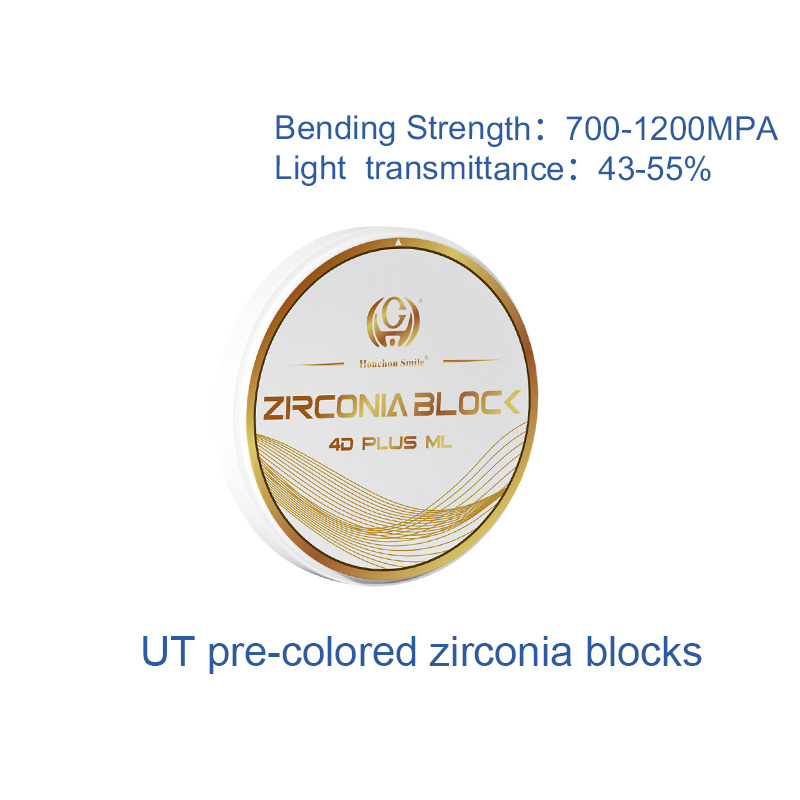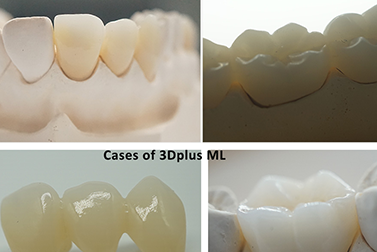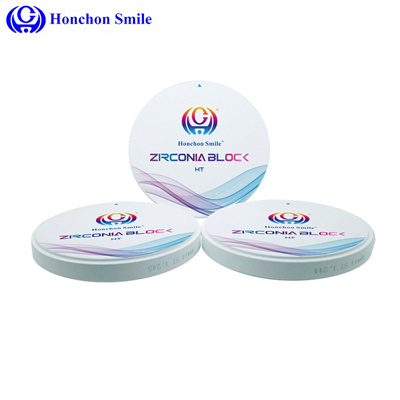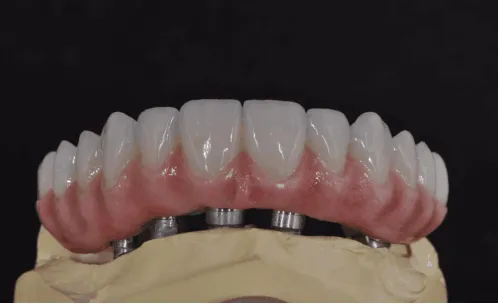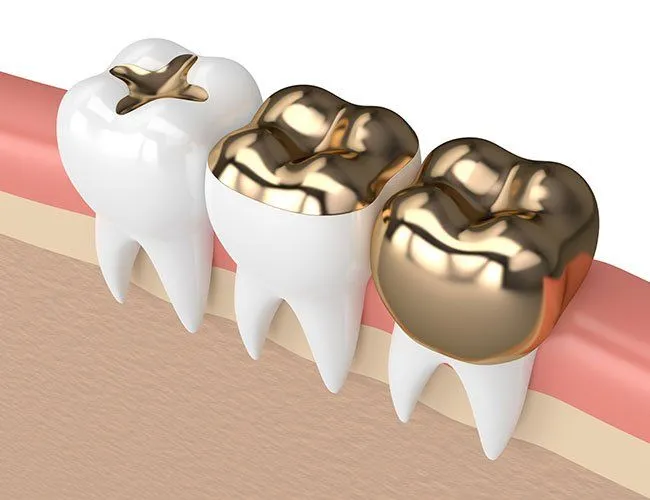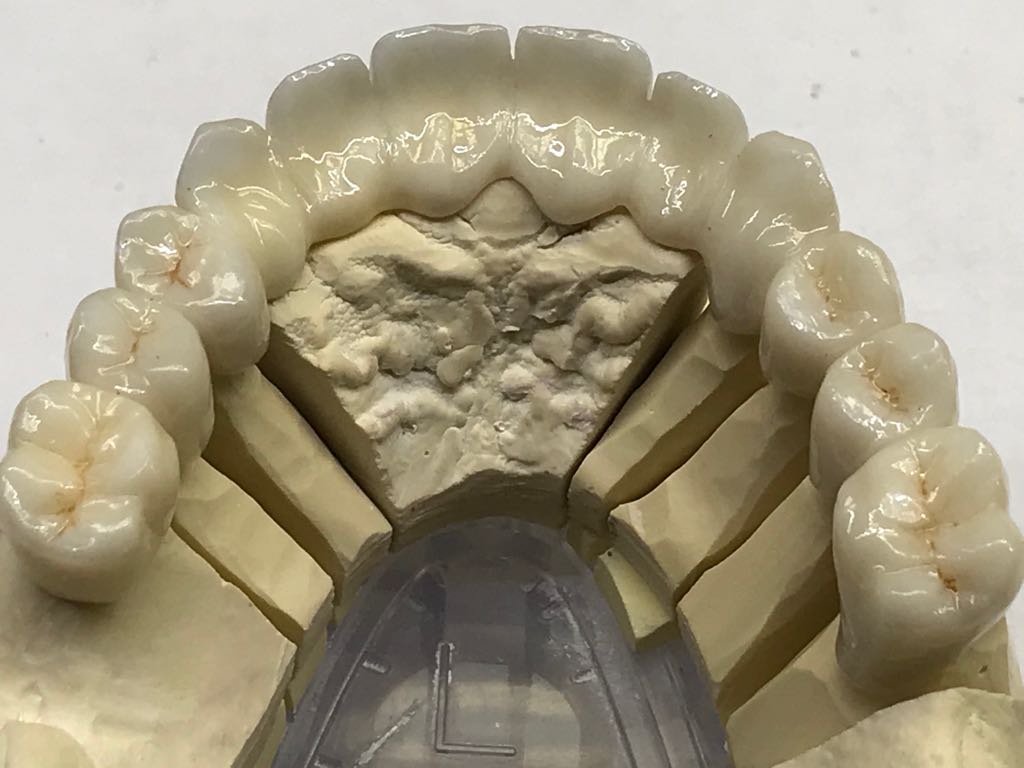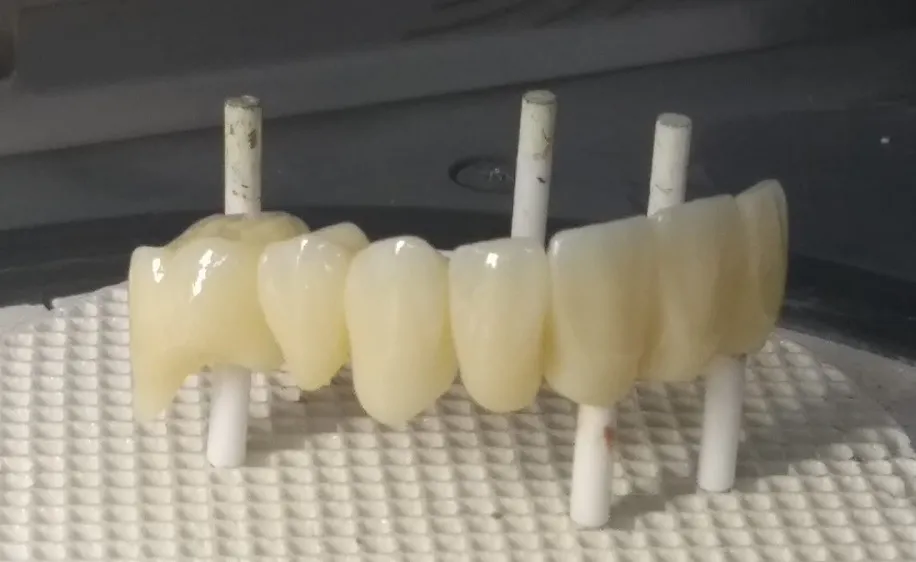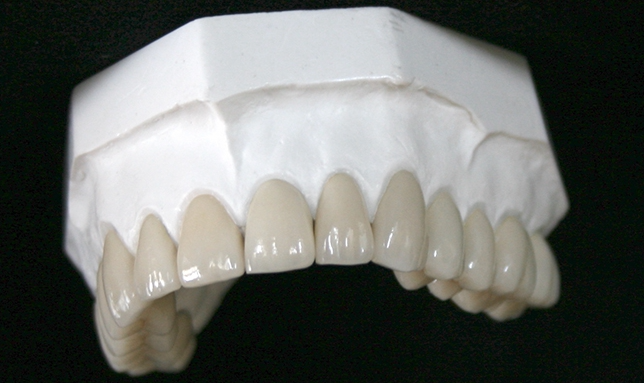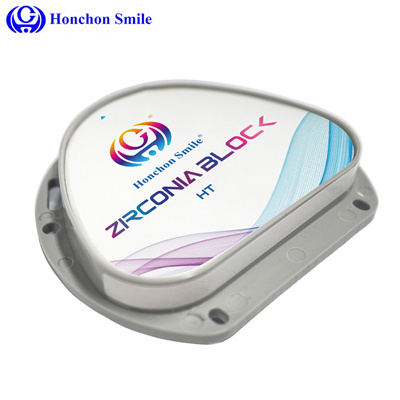basic knowledge and common sense of the oral industry
2025-02-18
Division of disciplines (departments) in the oral field
Dental Endodontics
Definition: refers to diseases that occur in the teeth themselves, and the diseases related to the periapical tissues caused by them.
Common diseases:
Caries
Non-carious tooth tissue defects (such as trauma, wedge-shaped defects, tetracycline teeth, fluorosis, etc.)
Pulpitis and periapical periodontitis, etc.
Periodontology
Definition: refers to diseases that occur in the tooth-supporting tissues (periodontal tissues).
Common diseases:
Gum disease (involving only the gum tissues)
Periodontitis (affecting the periodontal ligament, alveolar bone, and cementum)
Periodontal disease is one of the main causes of tooth loss in adults and an important factor that endangers oral and systemic health. Common types of
periodontal disease include:
Gingivitis
Periodontitis
Periodontal trauma
Juvenile periodontitis
Periodontal atrophy, etc.
Orthodontics
Definition: The subject that mainly studies and treats tooth misalignment and malocclusion, aiming to improve the alignment and occlusion of
teeth through orthodontic treatment.
Goal: To achieve aesthetic results by correcting teeth to restore their normal alignment. Orthodontics involves the causes, mechanisms,
diagnosis, prevention and treatment of malocclusion.
Restoration
Definition: Treatment for missing or damaged teeth to restore tooth function and aesthetics.
Common treatments:
Inlays
Full crowns
Dentures, etc.
Oral and Maxillofacial Surgery
Definition: Mainly based on surgical treatment, research and treatment of oral organs, facial soft tissues, maxillofacial bones and other related diseases.
Treatment content:
Tooth extraction
Dental implantation
Multiple space infection in the maxillofacial area, osteomyelitis of the jaw, lymphadenitis, etc.
Treatment of maxillofacial trauma, fractures, cysts and tumors.
Salivary gland tumors, temporomandibular joint diseases, maxillofacial deformities (such as cleft lip and palate), etc.
Oral Implantation
Definition: Through surgery, artificial implants are implanted into the patient's jawbone or periosteum to replace the missing natural tooth roots and
perform corresponding tooth restoration.
Composition:
Lower implant (dental implant): usually made of metal or ceramic materials, similar in shape to natural tooth roots.
Upper prosthesis (implant-supported dental prosthesis): connected to the implant to restore the function and beauty of the missing teeth.
Advantages: Dental implants can provide similar functions, structures and aesthetic effects as natural teeth, and have become the preferred restoration
method for patients with missing teeth.
2.The anatomy of the tooth
Adults have 28 to 32 permanent teeth. Teeth are divided into three parts: root, crown, and neck, and are composed of enamel, dentin, cementum, and pulp.
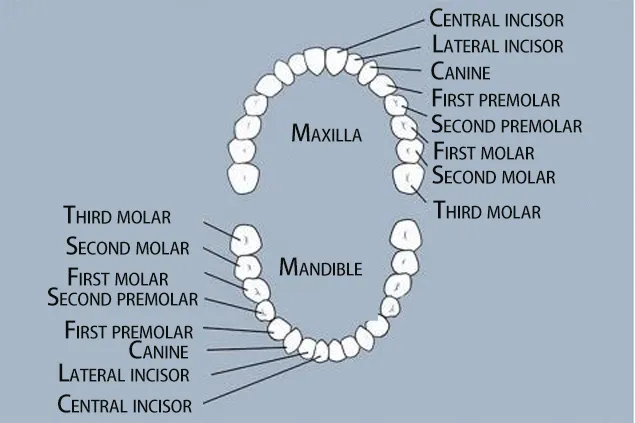
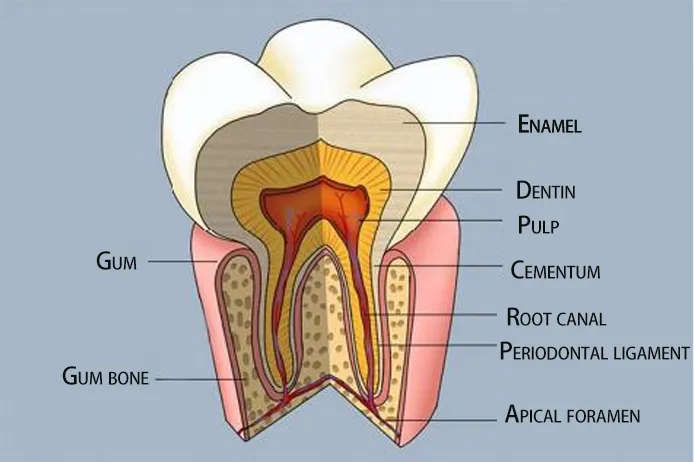
Dental caries
Dental caries is a disease in which the hard tissue of the tooth is destroyed chronically and progressively under the influence of multiple
factors, mainly bacteria, in the oral cavity. It manifests as
demineralization of inorganic matter and decomposition
of organic matter. As the disease progresses, there is an evolutionary process from color change to substantial lesions.
Treatment methods:
1. Chemotherapy: Use chemical drugs to treat caries to stop or eliminate the lesions.
2. Remineralization therapy: Use artificial methods to remineralize the demineralized and softened enamel to restore hardness.
3. Pit and fissure sealing: The sealant acts as a barrier to isolate the pit and fissure from the oral environment, preventing bacteria, food residues and their acidic products
and other
caries-causing factors from entering the pit and fissure.
4. Restorative treatment: Use surgical methods to remove carious tissue, make a cavity shape, and then choose appropriate restorative materials to repair the defective
part to restore the morphology and function of the tooth.
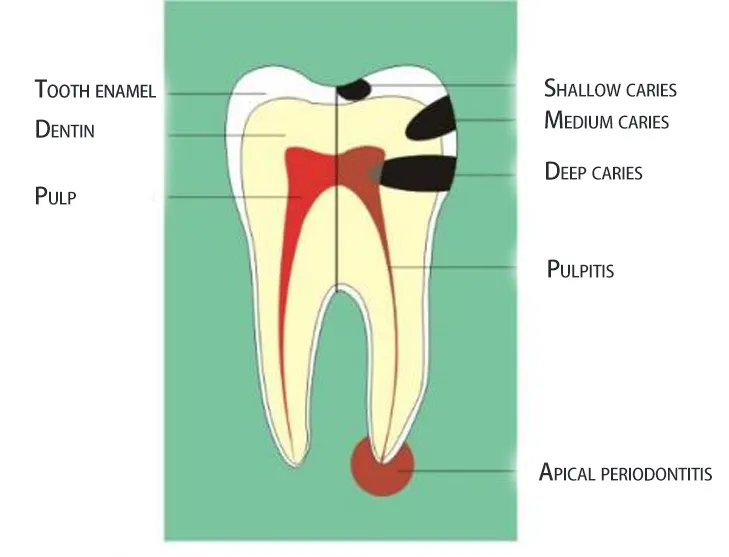
Inlay restoration
Inlay is a restoration that is embedded in the tooth to restore the shape and function of the tooth defect. Inlays that cover the entire occlusal surface
or part of the occlusal surface and restore the occlusal relationship of the affected tooth are called high onlays.
Indications: Inlays are suitable for patients with tooth defects but healthy pulp, and the remaining tooth tissue can provide sufficient retention and
resistance, as well as patients who have high requirements for the performance of restorative materials and restoration effects, are unwilling to accept
filling treatment, or have repeatedly failed filling treatment.
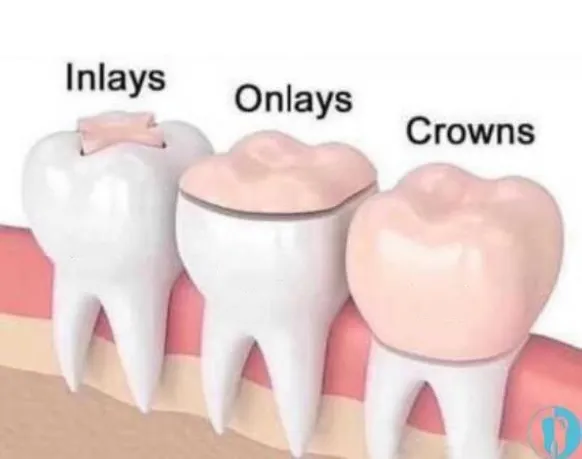
Onlays evolved from inlays. They can not only restore the defective tooth tissue, but also protect the remaining healthy tooth tissue. They are suitable for large
and wide tooth defect areas, or for cases where the tooth has been treated with nerves, or where root canal treatment is done to protect the tooth and prevent
fractures, or where the jaw surface is relatively low and cannot be properly restored with restorations or full crowns. Inlay restorations are suitable for cases
where only the tooth is decayed, and the tooth nerves and vital pulp are not involved, and the decay is relatively small.
Inlay Classification
Alloy inlay materials include gold alloys, nickel-chromium alloys, etc. Among them, gold alloys have stable chemical properties and good mechanical properties, making them ideal materials for making posterior tooth inlays.
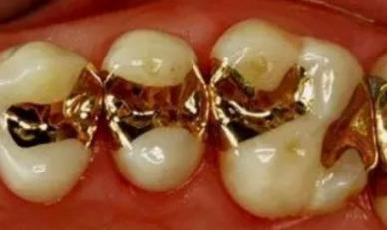
The composition and polymerization method of the composite resin of resin inlays are more excellent than those of conventional filling resins. The material has less wear on teeth and is easy to repair and polish. It is a good aesthetic inlay material.
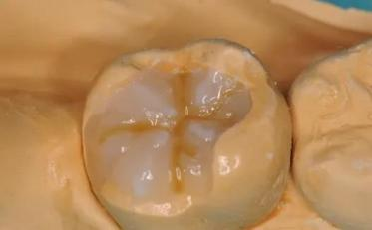
Porcelain inlays include porcelain inlays made directly on refractory molds; porcelain inlays ground by CAD/CAM, and cast porcelain inlays made by wax embedding on models. They have the color and translucency of natural teeth and have good aesthetic and wear resistance.
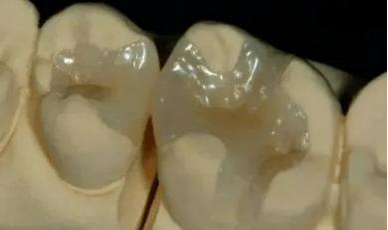
Crown restoration
Ceramic crowns are full crown restorations made of porcelain powder sintered under high temperature vacuum conditions or made using CAD/CAM methods.
Because there is no metal to block the conduction of light, it is closest to natural teeth in terms of color and transparency. Previously, most of them were suitable
for incisors with sufficient crown length and less stress, but now both front and back teeth are widely used.
According to the different manufacturing materials, all-ceramic teeth can be divided into:
1. Glass-ceramic all-ceramic teeth. Such as: hot-pressed porcelain crowns, glass-infiltrated porcelain crowns, and glass-ceramic crowns ground using
CAD/CAM technology.
2. Zirconia all-ceramic teeth, which are ground by CAD/CAM technology to complete the inner crown of zirconium oxide, and then add the outer layer
of decorative porcelain by layered porcelain stacking technology to make a completed all-ceramic tooth or a full zirconium crown without outer layer of
decorative porcelain.
Performance characteristics:
Glass ceramic all-ceramic teeth: beautiful color, good translucency, refractive index similar to enamel, good marginal adhesion, suitable for the restoration
of single crowns or short fixed bridges in the aesthetic area of anterior teeth. At the same time, there are high, medium and low light transmittance porcelain
blocks, which can be selected for clinical restoration. For example, for tetracycline teeth and discolored teeth, porcelain blocks with good light shielding should be selected.
Zirconium dioxide all-ceramic teeth: strong and durable, due to its high flexural strength (1000~1200MPa), it is widely used in the restoration of single crowns
and long fixed bridges in the posterior teeth area. All-zirconium crowns are mainly suitable for the functional area of posterior teeth to restore chewing function.
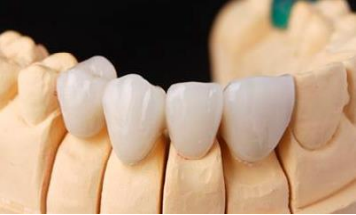
Veneer restoration
Veneer restoration is a restoration method that uses bonding technology to directly or indirectly bond and cover the surface defects of the front teeth,
discolored teeth, stained teeth, enamel hypoplasia, and deformed teeth, while ensuring the vital pulp, few molars or no molars, to restore the normal
shape of the tooth and improve the color. Veneers can be divided into direct veneer restoration and indirect veneer restoration according to the restoration
method; according to the restoration materials, they can be divided into composite resin veneers, porcelain veneers, cast glass ceramic veneers, and
CAD/CAM glass ceramic veneers.
Indications:
1. Tetracycline teeth, stained teeth, discolored teeth, fluorosis, etc.
2. Abnormal morphology teeth, enamel or dentin hypoplasia, too small teeth, etc.
3. Tooth gaps are too large or teeth are slightly crooked, and teeth that do not want to be corrected but have normal occlusion.
4. Tooth surface defects.
Veneer classification
Direct veneer restoration: refers to the technology of using light-cured composite resin to directly shape, cure and polish in the patient's mouth to complete tooth
restoration. Its advantages are simple, flexible, rapid, and completed in one go. Disadvantages: Since the intraoral operation is affected by many factors, the edge
shape and surface texture of the veneer are difficult to meet the ideal requirements;
The conversion rate of the monomer of the direct curing resin in the mouth is generally low, which seriously affects the quality of the veneer and is easy to stain; most
of them are used as transitional restorations for short-term improvement of beauty.
Porcelain veneer restoration: Porcelain veneer is a restoration method that uses adhesive materials to fix a thin layer of artificial porcelain restoration on the lip surface
of the affected tooth to cover defects such as defects and discoloration that affect the appearance. As a preservation restoration treatment method, it has been widely
used in clinical practice in recent years, especially for young permanent teeth and anterior teeth with large pulp cavities.
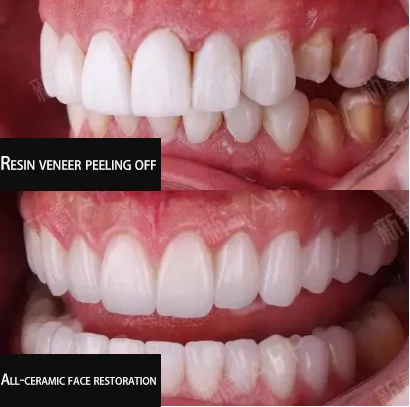
Advantages: Porcelain veneers have beautiful color, less tooth preparation, resistance to liquid absorption, good biocompatibility, wear resistance, periodontal health care,
and reliable bonding.
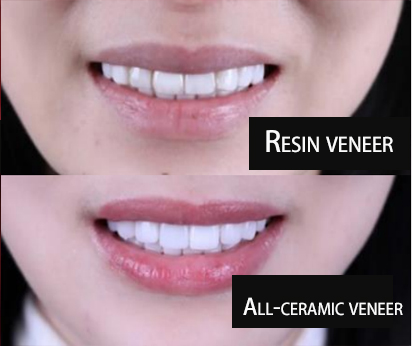
Porcelain veneers can be divided into three categories according to the production method and materials: traditional porcelain veneers, cast porcelain veneers and CAD/CAM
machined porcelain
veneers, zirconia veneers
Implant restoration: mainly composed of three parts: implant, abutment and superstructure.
The implant is the part of the implant denture implanted in the tissue to obtain retention, support and stability. The root end of the implant is usually designed to
be smooth and blunt to obtain better biomechanical effects and tissue adaptability.
The abutment is the part of the implant that passes through the mucosa and is exposed in the oral cavity. It connects the superstructure with the implant and is
fixed on the top of the implant to provide connection, retention and support for the superstructure. According to different retention methods, it can be divided
into screw-retained abutments and adhesive-retained abutments; different materials can be divided into metal abutments and porcelain abutments, etc.
The abutment is divided into personalized abutments and standard abutments, usually made of titanium alloy/metal, zirconium oxide, and glass ceramics.
The superstructure is usually divided into removable superstructure and fixed superstructure. The design types of removable superstructure include bar clamps,
ball caps, magnetic attachments and sleeve crown retainers; the design types of fixed superstructure include single crown, linked crown and fixed bridge.
